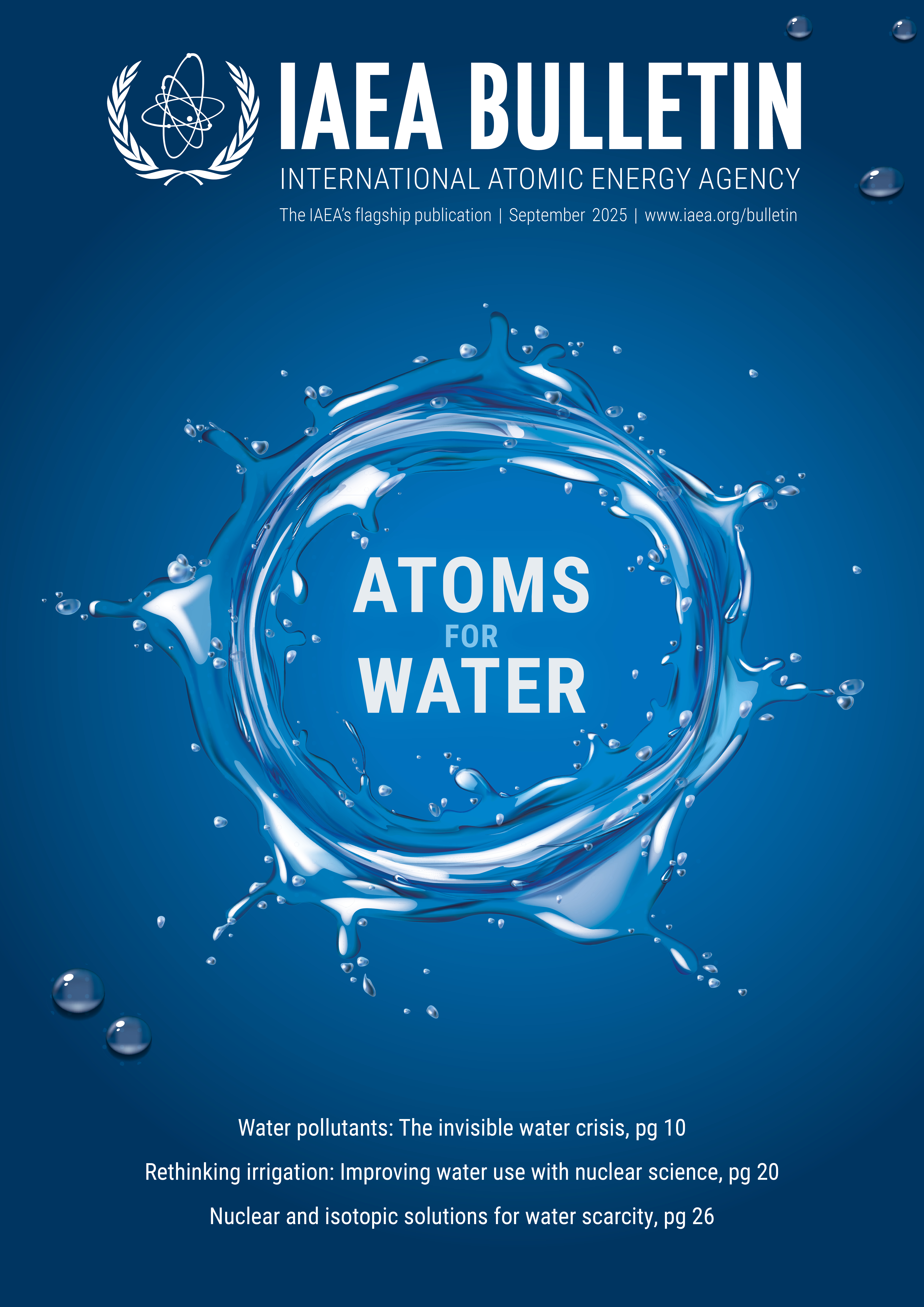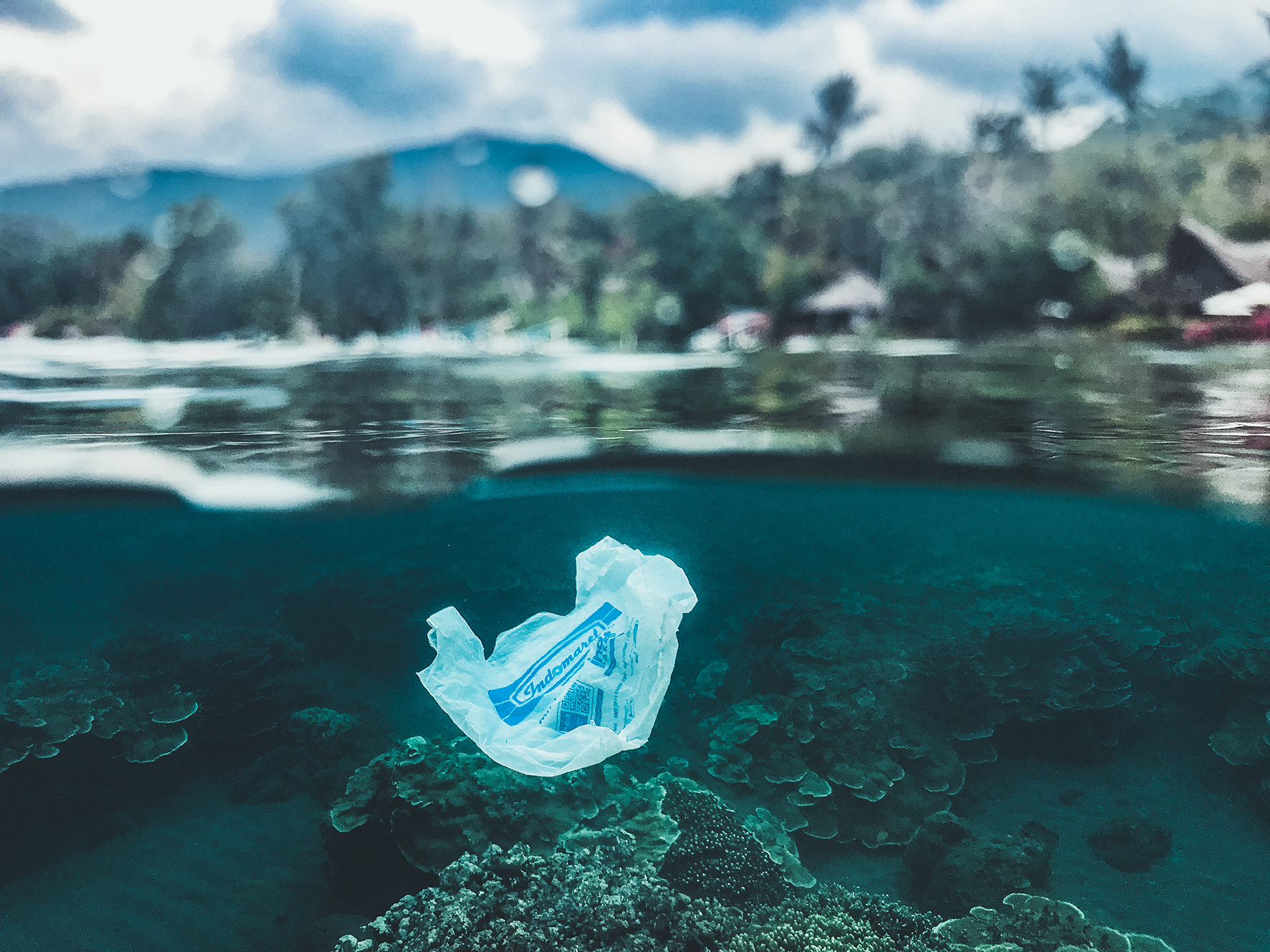Des zones humides artificielles pour assainir les eaux usées provenant du secteur minier
Les zones humides naturelles, où la filtration de l’eau douce implique des processus physiques, géochimiques et biologiques à l’?uvre dans le sol, les sédiments et les plantes, se sont révélées efficaces pour piéger les polluants présents dans les eaux contaminées. Des zones humides artificielles, c’est-à-dire des systèmes aménagés où interviennent les mêmes processus naturels, sont déjà utilisés dans le monde entier pour traiter les eaux usées. Leur fonctionnement et leur entretien sont généralement moins onéreux et nécessitent moins d’énergie que les systèmes classiques de traitement des déchets.
Les zones humides artificielles sont de plus en plus utilisées pour assainir les eaux contaminées par des sous-produits miniers, tels que les métaux lourds et autres éléments toxiques, qui peuvent subsister pendant des décennies après la cessation de l’exploitation minière et avoir des effets graves sur la santé humaine et les écosystèmes environnants.
Des contaminants radioactifs naturels tels que le radon et le radium sont souvent présents dans les eaux usées issues des activités d’extraction de l’uranium. Selon Hannah Affum, experte en technologie industrielle à l’AIEA, ? il existe des lacunes dans les travaux de recherche concernant l’efficacité avec laquelle les plantes et les sédiments parviennent à éliminer les contaminants radioactifs dans les zones humides artificielles ?.
Pour combler ces lacunes, l’AIEA a lancé récemment un projet de recherche coordonnée afin d’étudier, à l’aide de radiotraceurs, la fa?on dont le sol, le gravier et les plantes des zones artificielles humides retirent et transforment les contaminants présents dans les eaux usées issues de l’extraction de l’uranium, du cuivre et de l’or. étant donné que la capacité d’assainissement des zones humides artificielles peut diminuer au fil du temps, une étude de l’hydrodynamique des flux sera également menée dans le cadre du projet et des données seront collectées afin d’optimiser les futures conceptions de zones humides.
? En menant des recherches ciblées, nous pourrons acquérir des connaissances essentielles qui nous aideront à concevoir des systèmes durables et à améliorer la séquestration à long terme des contaminants ?, précise Hannah Affum.
Les polluants, de l’azote aux nouveaux composés chimiques préoccupants, en passant par les microplastiques et les métaux lourds, mettent de plus en plus à rude épreuve les systèmes hydrologiques dans le monde. La science nucléaire offre des solutions pour relever ce défi.


